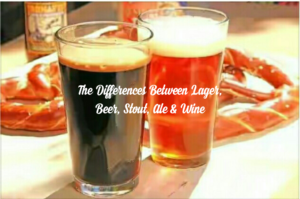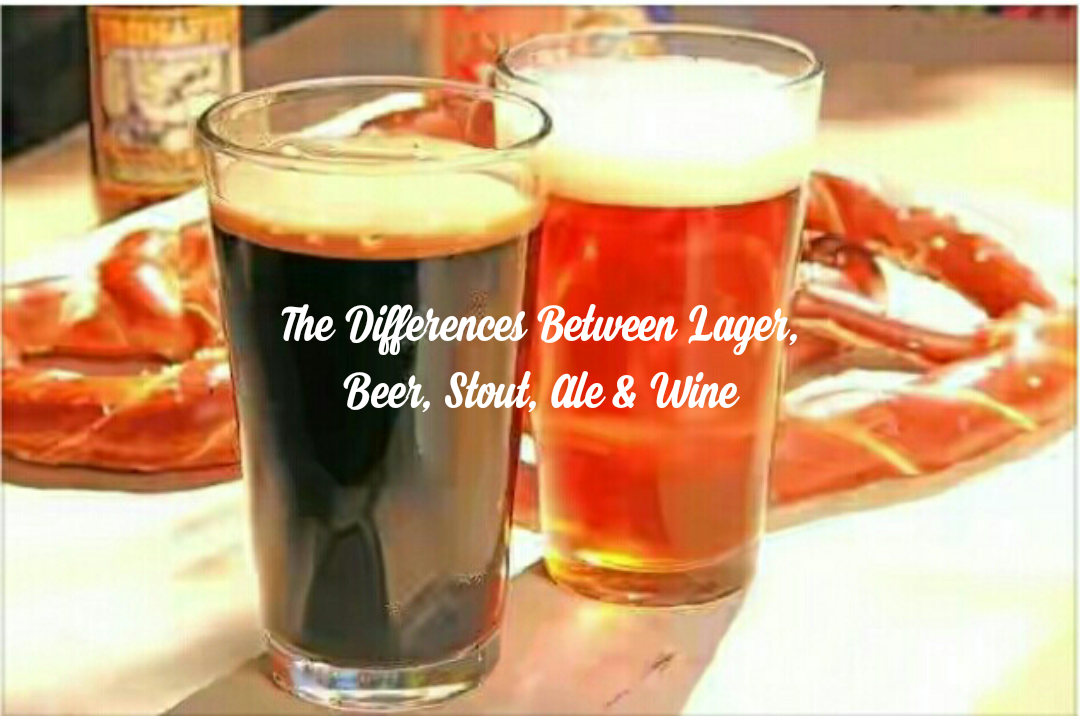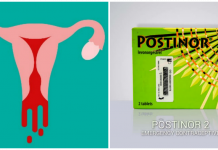The Differences Between Lager, Beer, Stout, Ale & Wine
Beer of course without doubt is the most consumed alcoholic beverage in the world and usually described as the most consumed liquid after tea and water. I bet it is fast catching up with tea and soon enough water. I guess you doubt that, but nothing is impossible in a beer drinking world of ours. Beer is dated back to years Before Christ (BC) when the world came up with the product through a process called brewing.
Brewing is simply the soaking of a starch source like barley or wheat in water and grinding or mashing the result to produce a liquid called Wort which is then fermented.
While the ingredients (Barley, Hop, Water, Adjunct and yeast) of making the different types of beer can be the same, there is a slight difference in the method of production to bring about the different beer types. For the records, beer is mainly of two types- Ale and Lager. In this post, I will be sharing with you the difference between the two types. Lets take them one after the other.

Here Are Details of Each Drink So You Can Differentiate
ALE: Ale is a type of beer that is brewed by a top fermenting yeast called Saccharomyces cerevisiae. It is the old type of beer which has been existing for thousands of years. They are traditionally fermented at warm temperature usually between 12 to 24 °C. The warm temperature quickens the fermentation process taking just few days to complete. This yeast has being found to have greater tolerance to alcohol, hence it is capable of producing stronger (higher alcohol content) beers Including more robust-tasting beers which are usually bitter with complex aroma. For the Nigerian brands of beer an example ale is Wilfort.
LAGER: This is a type of beer brewed by a bottom fermenting yeast called Saccharomyces pastorianus. It came into being not more than 2 centuries ago. The above named yeast is included into the wort at lower temperature than that of Ale. The cooler fermentation and aging temperatures is usually between 2- 10 °C. This low temperature slows down the yeast activity and subsequently requires a longer maturation period running into weeks. Due to the cooler temperature used, there is inhibition of the production of esters and some other by products which are observed in ales. No wonder most Lagers have cleaner taste which is also due to long aging. The end product is lighter and pale in character, usually more carbonated and having a smooth taste. For the Nigerian market, examples of Lager include but are not limited to Star, Gulder, Heineken, Harp, Goldberg and Starlite.
WHERE DOES STOUT FALL INTO? Stout is simply a type of ale. It can be obtained using the same top fermenting yeast as used in ales. The simple difference is that the malt source is roasted in order to give the beer a dark colour and flavour, and the varying amount of added hop. I personally think Nigerian preferred the taste of roasted malt. So, there seem to be more brands of stouts. Examples include Guinness extra stout, Legend and Turbo King.
It should be noted that both ale and lager share similar characteristics such that it might be so difficult for anybody to distinguish between them by mere looking except an expert in the business as some brewers can manipulate the composition of beer to produce ones that taste and appear like ale whereas it is Lager and vice versa. Some lagers are dark in colour like stouts. It all depends on beer ingredients and yeast manipulations.
Finally, while lager beer, malt, ale and stouts are all made from starchy sources such as sorghum, barley, corn starch, wine is made from fruit – grape. This gives it a sweeter taste; not so sweet but at least sweeter than beer and its family. Wine is always alcoholic, so whenever someone tries to patronize you with “a non-alcoholic beer”, just ask them politely, “you mean this fruit or grape drink?” and feel cool about it.
DISCLAIMER: //This post is in no way encouraging the consumption of any alcoholic drinks mentioned therein. This is solely informational and all brands mentioned are just used as examples. No form of alcohol advertisement was intended.
























